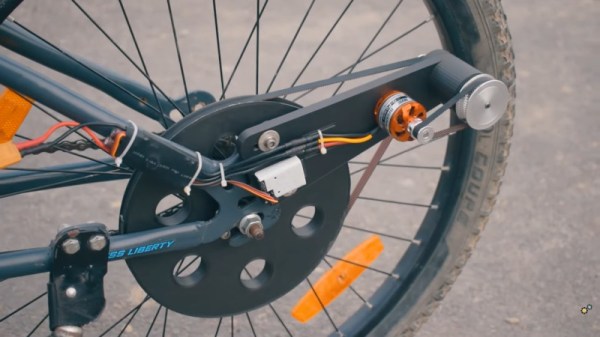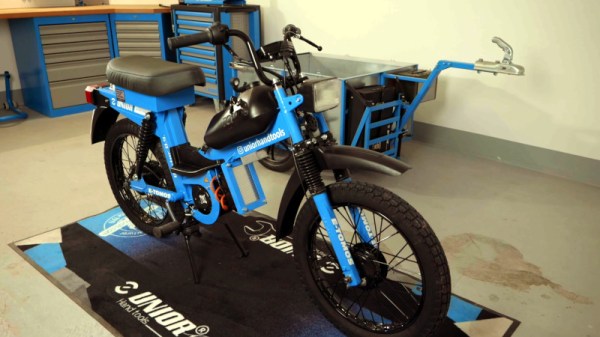That irresistible urge to rescue an interesting piece of hardware from the trash is something that pretty much every Hackaday reader will have felt at one time or another. Sometimes it’s something that you could put to work immediately, like an old computer or some scrap piece of material that’s just the right size. But other times, you find something on the side of the road that ends up being the impetus for a whole new project.
For [David Bertet], finding a beat up kid’s Jeep Wrangler on the curb was the first step towards a journey that ends with PowerJeep: an open source project that we wager could end up saving similar vehicles from the landfill. The basic idea is simple enough — strip out the vehicle’s original 12 volt power supply and replace it with 18 V provided by easily swappable tool batteries. But as is often the case, it’s the details and the documentation that sets this project apart.
Continue reading “Kid’s Ride Gets Boosted Battery, ESP32 Control”

















